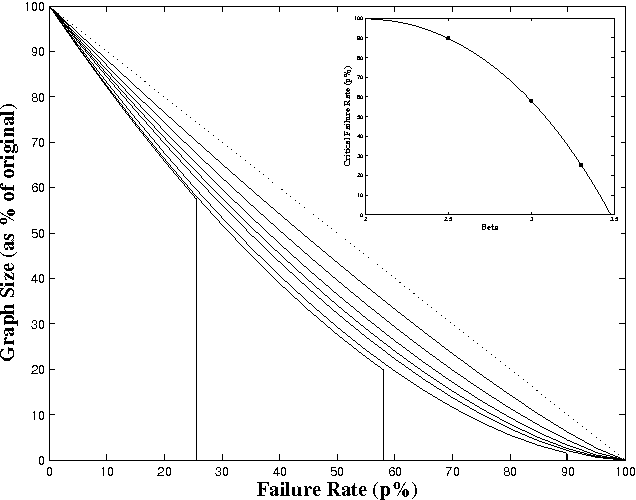The Impact of Social Networks on Multi-Agent Recommender Systems
Paper and Code
Nov 02, 2005

Awerbuch et al.'s approach to distributed recommender systems (DRSs) is to have agents sample products at random while randomly querying one another for the best item they have found; we improve upon this by adding a communication network. Agents can only communicate with their immediate neighbors in the network, but neighboring agents may or may not represent users with common interests. We define two network structures: in the ``mailing-list model,'' agents representing similar users form cliques, while in the ``word-of-mouth model'' the agents are distributed randomly in a scale-free network (SFN). In both models, agents tell their neighbors about satisfactory products as they are found. In the word-of-mouth model, knowledge of items propagates only through interested agents, and the SFN parameters affect the system's performance. We include a summary of our new results on the character and parameters of random subgraphs of SFNs, in particular SFNs with power-law degree distributions down to minimum degree 1. These networks are not as resilient as Cohen et al. originally suggested. In the case of the widely-cited ``Internet resilience'' result, high failure rates actually lead to the orphaning of half of the surviving nodes after 60% of the network has failed and the complete disintegration of the network at 90%. We show that given an appropriate network, the communication network reduces the number of sampled items, the number of messages sent, and the amount of ``spam.'' We conclude that in many cases DRSs will be useful for sharing information in a multi-agent learning system.
 Add to Chrome
Add to Chrome Add to Firefox
Add to Firefox Add to Edge
Add to Edge